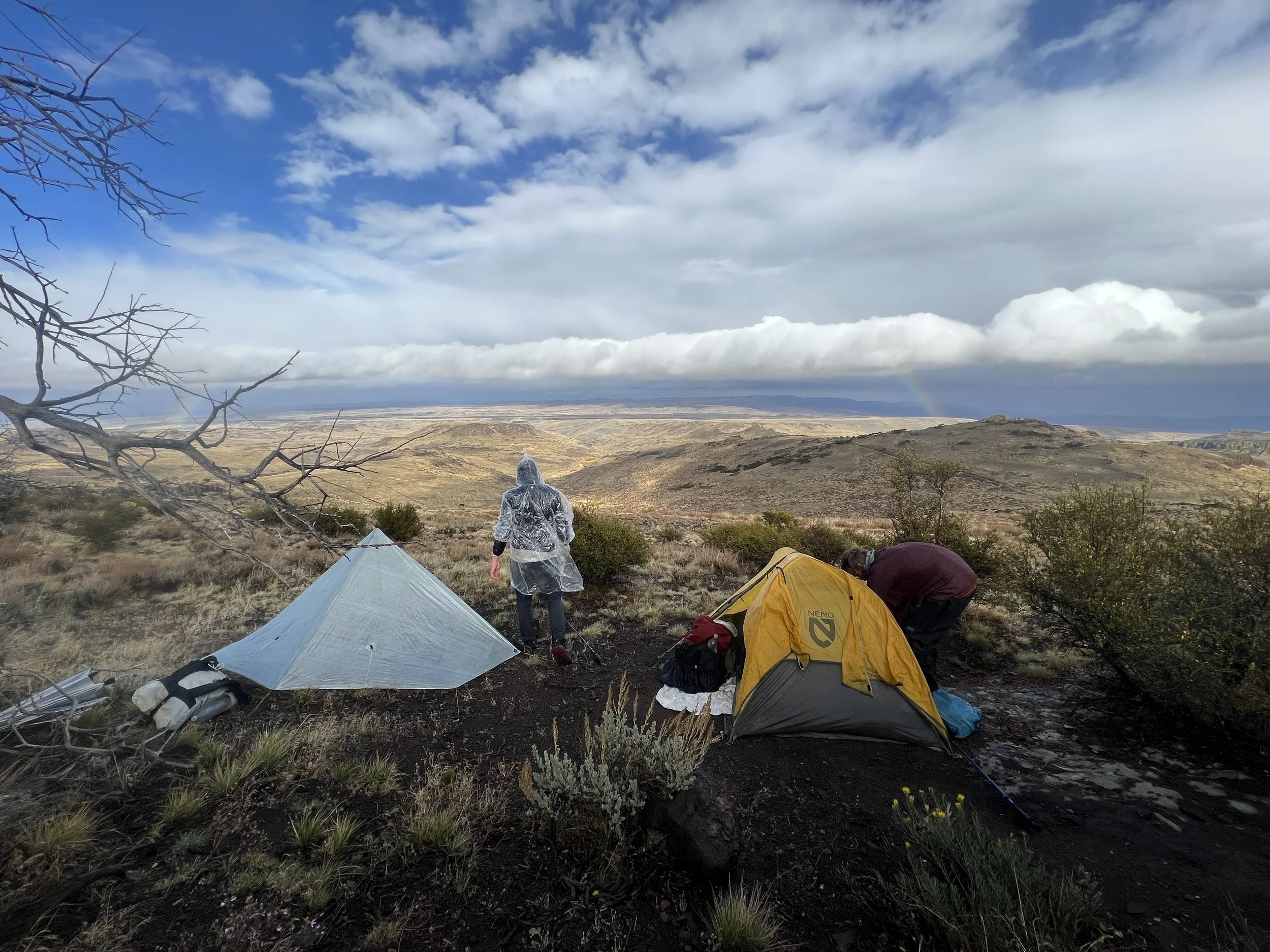The Oregon Desert Trail (ODT) is a 750-mile route across southeastern Oregon. The route was developed by the Oregon Natural Desert Association (ONDA) as a way to showcase some of the most spectacular natural areas of the Oregon desert and to involve visitors in vital conservation efforts to maintain and protect these unique lands.
Are you looking for information to help plan your own adventure on the Oregon Desert Trail? If so, Click here. And please consider donating to the Oregon Natural Desert Association. Without their support, this route and the preservation of these lands would not be possible.


















